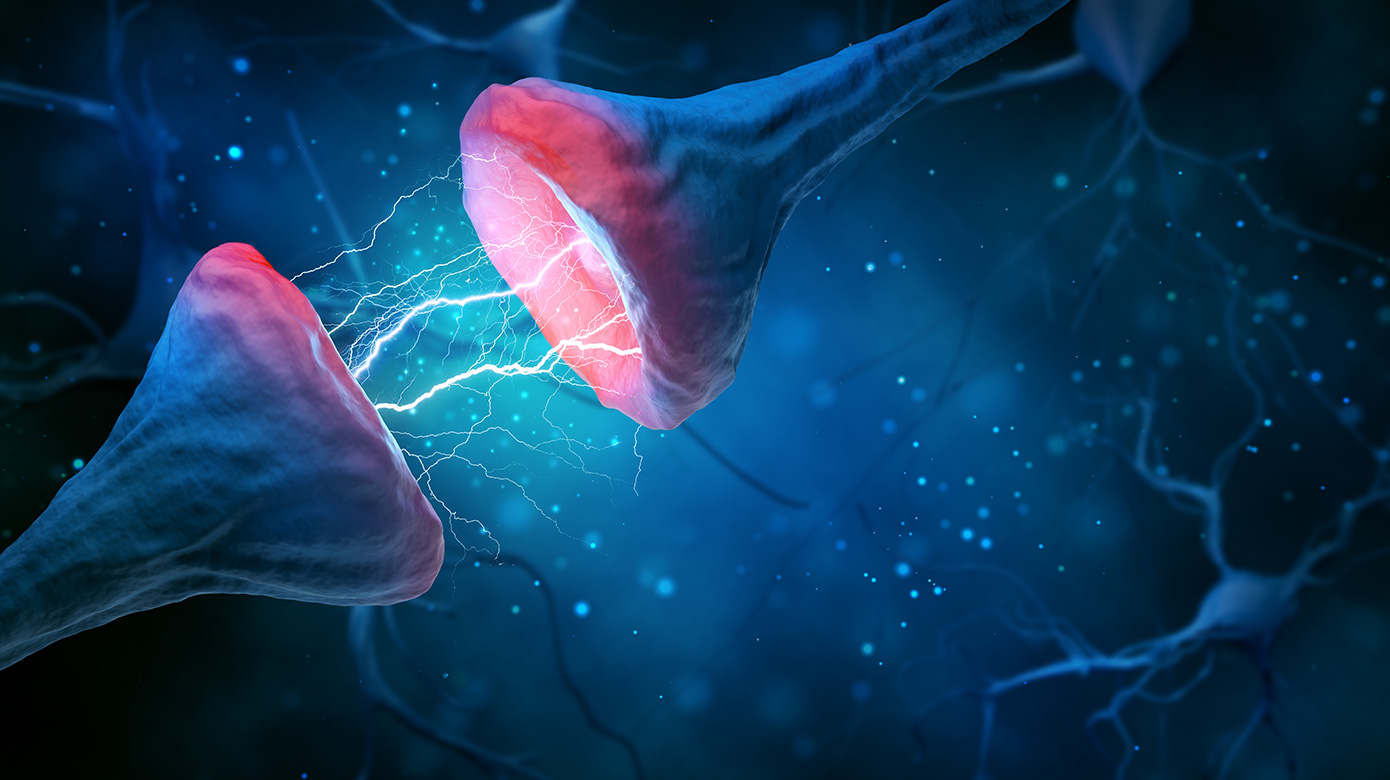Sensory Processing

We utilize our senses to understand the world around us, often seamlessly integrating information from different senses to create a robust representation of the world. This essential function of the nervous system requires precise neuronal connectivity, much of which is established early in development. In addition to the precise wiring within a single sense, information from multiple senses must be brought together in a coherent way in associative areas of the brain. Unfortunately, this complex process is disrupted in developmental disorders, such as the autism spectrum and schizophrenia.
Research in the lab of Jason Triplett, Ph.D., is focused on understanding the genetic, molecular and activity-dependent processes that regulate the precise wiring required for sensory system development and multi-sensory integration. Using the mouse as a model system, Dr. Triplett found that distinct developmental strategies are used by different sensory modalities to achieve proper wiring in associative centers.
In addition to using axon-tracing strategies to elucidate these processes, Dr. Triplett’s team has established an in vivo electrophysiological recording system to monitor the responses of neurons in the live animal. This powerful technology will allow the team to record from dozens of neurons at once, allowing a comprehensive view of neuronal function. By combining these unique techniques, Dr. Triplett hopes to understand the relationship between connectivity and functionality in multisensory centers. This will not only advance our understanding of this important neurological process, but also aid our understanding of the deficits seen in neurodevelopmental disorders.
